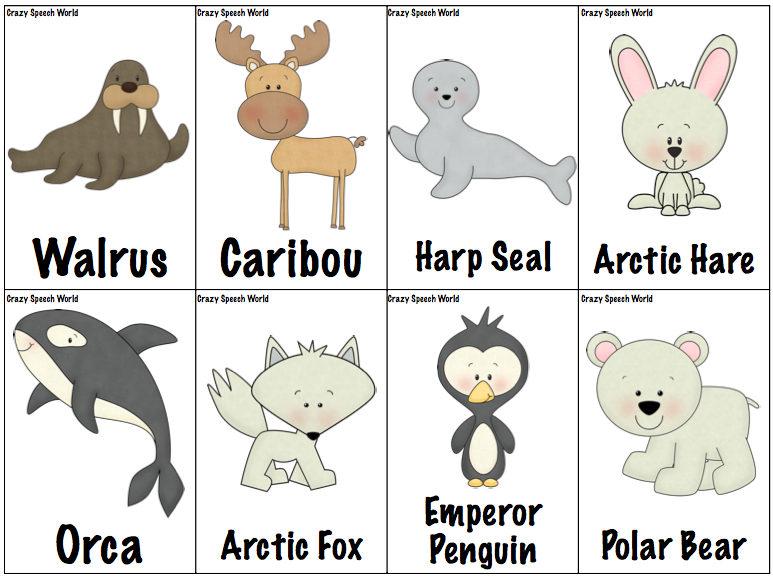Antarctica
Zoology
Antarctic animals – The most abundant and best known animals from the southern continent. Penguins, Whales seals, albatrosses, other seabirds and a whole range of invertebrates you may have not heard of such as krill which form the basis of the Antarctic food web. These are the charismatic mega fauna that you have seen pictures and film of, though you may be surprised to find that they live far more interesting and complex lives than you imagine.
Most of the animals of the South polar and region are seasonal visitors, conditions are just too hard for most animals to live there in the winter.

Antarctica has an abundance of animal life, almost all of it being dependent on the sea. The largest truly land animal is a wingless midge about 13mm / 0.5 of an inch long. As the animal life is dependent on the sea and are mainly warm blooded, they tend to be pretty large as a survival technique against the extreme and relentless cold. That Antarctica can support such an abundance of large animals is a result of the productivity of the southern polar sea.

The wildlife of Antarctica are Extremophiles, having to adapt to the dryness, low temperatures, and high exposure common in Antarctica. The extreme weather of the interior contrasts to the relatively mild conditions on the Antarctic polar and the Subantarctic , which have warmer temperatures and more liquid water. Much of the ocean around the mainland is covered by Sea ice. The oceans themselves are a more stable environment for life, both in the water colomn and on the seabed.

There is relatively little diversity in Antarctica compared too much of the rest of the world. Terrestrial life is concentrated in areas near the coast. Flying birds nest on the milder shores of the Peninsula and the subantarctic islands. Eight species of inhabit Antarctica and its offshore islands. They share these areas with . The Southern and Around Antarctica is home to 10, many of them migration. There are very few terrestrial invertebrates on the mainland, although the species that do live there have high population densities. High densities of invertebrates also live in the ocean, with antactic fo rming dense and widespread swarms during the summer.so animal communities also exist around the continent.

Over 1000 Fungi species have been found on and around Antarctica. Larger species are restricted to the subantarctic islands, and the majority of species discovered have been terrestrial.Animals are similarly restricted mostly to the subantarctic islands, and the western edge of the Peninsula. Some and however can be found even in the dry interior. Many are found around Antarctica, especially poly atomic, which form the basis of many of Antarctica’s food and web.

.
Human activity has caused spieces introd uced to gain a foothold in the area, threatening the native wildlife. A history of over fishing and Hunting has left many species with greatly reduced numbers. Pollution, habitat destruction, and climate change pose great risks to the environment. This is a global treaty designed to preserve Antarctica as a place of research, and measures from this system are used to regulate human activity in Antarctica.

Krill
Krill are considered an important trophic level connection – near the bottom of the food chain– because they feed on and (to a lesser extent). converting these into a form suitable for many larger animals for whom krill makes up the largest part of their diet. In the one species, makes up an estimated of around 379,000,000 tonnes, making it among the species with the largest total biomass. Of this, over half is eaten by whales, seals, penguins, squid and fish each year, and is replaced by growth and reproduction. Most krill species display large, thus providing food for predators near the surface at night and in deeper waters during the day.
